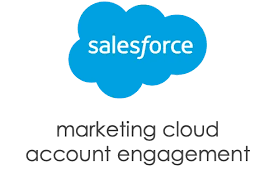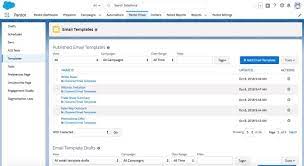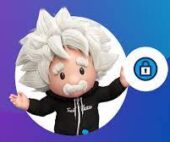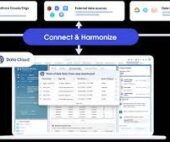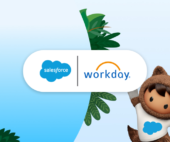Account Engagement Engagement History Dashboard
The Account Engagement Engagement History Dashboard, powered by CRM Analytics, empowers sales and marketing users to explore and visualize critical data. Embed this dashboard component on campaign, account, lead, contact, person account, or opportunity records, with custom page layouts showcasing tailored widgets for each record type. This out-of-the-box dashboard displays campaign performance metrics over time,

